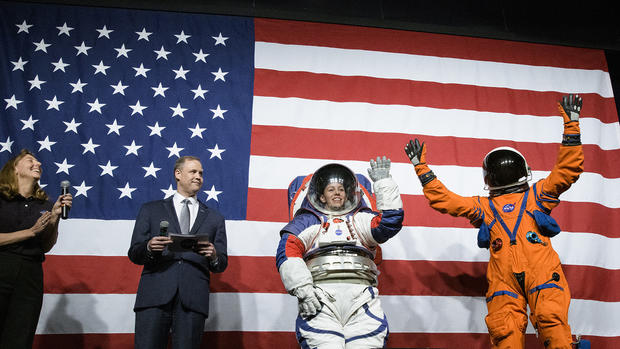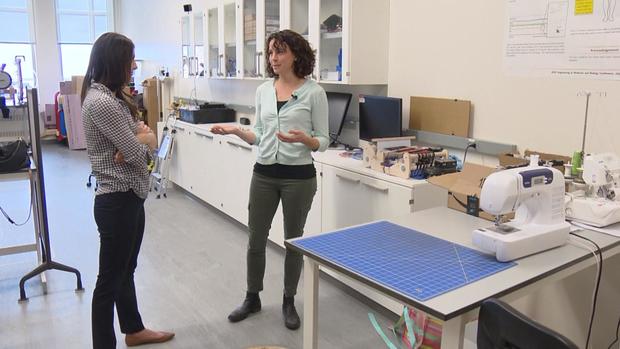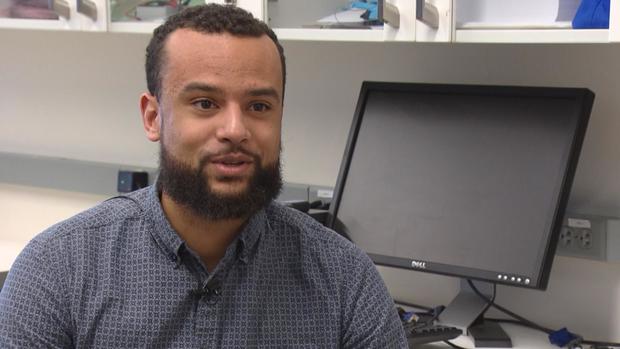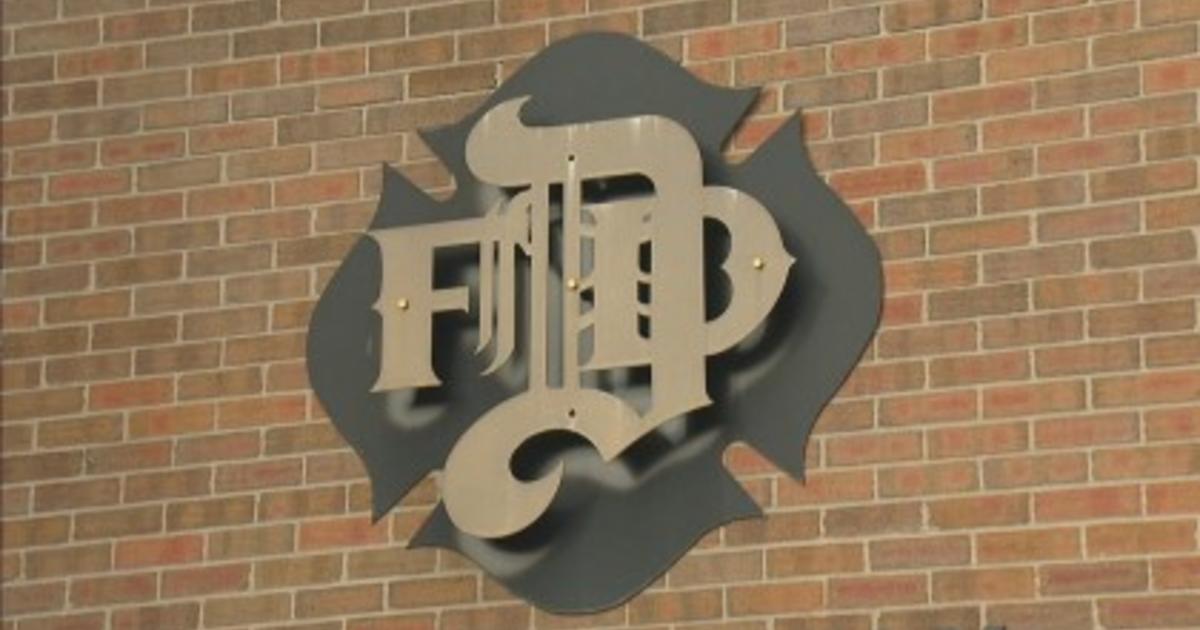New Spacesuit, New Inspiration For Students & Staff In University Of Colorado Aerospace Department
BOULDER, Colo. (CBS4) - It's been a historic week for NASA, first with the unveiling of the new American spacesuit to be used in the next mission to the moon, then with the rescheduling of the first-ever all female spacewalk that had been previously postponed because an issue with the suit. Both announcements have the staff and students in the University of Colorado's Aerospace department excited for the future.
"It makes us really all believe we are going to the moon we are going to be doing geology on that planet's surface. We are going to be doing science and exploring, and that captures the imagination of everyone," Assistant Professor Allison Anderson said.
Anderson says the unveiling of the suit is not only exciting, but is continued inspiration. Her focus in Aerospace Engineering is specific to spacesuit design and human performance inside it.
"It's incredible what a significant engineering challenge designing a spacesuit is. It has to do everything that a spacecraft does but it has to be done in wearable form factor," Anderson said.
Given what she has learned about the current spacesuit, Anderson says she's excited about NASA's changes that focus on the mobility and health of those wearing the suit.
"We have had 23 shoulder surgeries from astronauts getting injured from working in the spacesuit," she said.
The redesign will also better reflect a diverse pool of astronauts, a concern that caught unwanted attention when the first all-female spacewalk was postponed because of the wrong sized suit.
"Anyone who is smaller whether they are male or female has kind of struggled within the spacesuits because they were designed for a bigger population," she said.
And, of course, a new suit means new technology, and student Patrick Pischulti can say he helped develop it.
"I was part of the informatics team and I was the only mechanical person on the team, so I was completely in charge of doing the mechanical design of the lights and camera on the new spacesuits," he said.
While he was unsure about a career in aerospace at first, he says watching the unveiling and seeing his work on the next spacesuit is reaffirming.
"Knowing, 'Hey, something that I designed might be on the lunar surface' is pretty remarkable and it gives you a pretty good motivational push every morning," he said.
For more information on the new spacesuit, visit a special section of nasa.gov.






